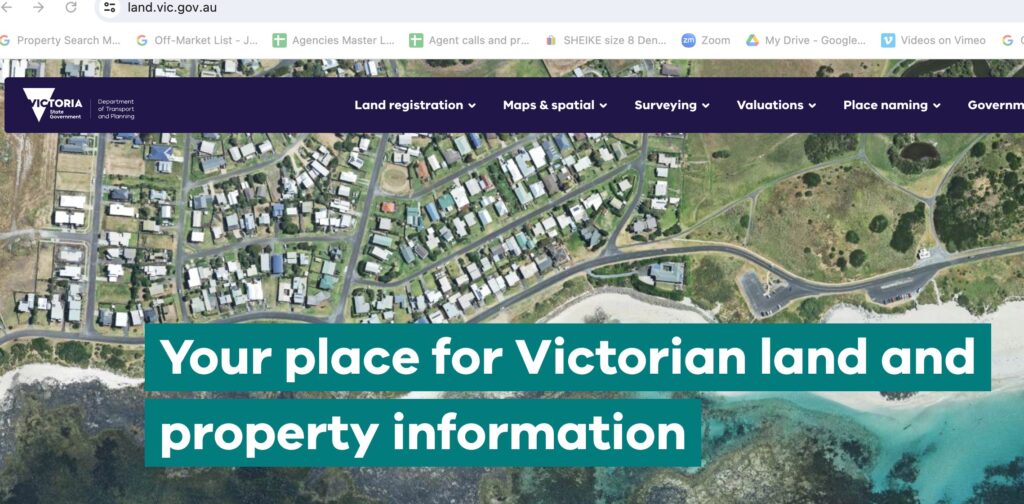Saturdays can feel long for those on the property hunt, but with some insider tips, productivity and success rates can dramatically change.
While Saturdays aren’t the only days to inspect properties, they are the main days for open for inspection activity. Agents aren’t always available to chat though, and often the properties of interest have clashing times. What’s more, prospective buyers don’t always get to inspect as thoroughly as they’d like to when twenty or so others are herded through the dwelling at the same time.
Importantly, many buyers make the effort to head out to a property, only to rule it off the list when they pull up out the front.
With a bit of forward planning, there are six key things that buyers can do to optimise their property inspection process.
First: Have a plan. I don’t mean an itinerary. Knowing where to look and what to look at comes from pre-inspection planning. Conducting a feasibility test before determining what and where will equip buyers with a far better list of viable options that suit the budget and the wish-list.
There is no point hitting the opens if the properties are not feasible in the first place.
The easiest way to embark on this task is to spend an hour or two on the sold tab of a search engine. This post steps through the methodology for the property feasibility exercise.
Not only should this exercise focus on the areas and property types to match the budget and requirements, but it should also enable the prospective buyer to flesh out their criteria. Breaking down the criteria into “must-haves” and “nice to haves” makes the search process very clear.

Second: Streetview your shortlisted options before heading out to the opens. This is another desktop quick hack that can save buyers a huge waste of time. Checking the maps for main roads, bus/train/tram routes and roundabouts is important too. Streetview can identify high voltage power lines, petrol stations, and a whole host of other places that buyers would prefer to steer clear of.

Third: Check the zone and overlays before you add the property to the inspection list. This is particularly relevant for apartment buyers, although surprise findings can strike for all genres of property. Residential zone is the best and highest use, and also the least restricted when it comes to lenders. Unfortunately, a lot of apartment buyers get caught out with commercially zoned properties, but this is a sure-fire way to make sure the zoning won’t rule out the property after hours are wasted on it.
There are a few programs available that can be accessed online. One easy and free option is a Victorian government site: land.vic.gov.au.

Simply punching in the address is all that it takes to see what zones and overlays apply to the property.
Four: Prepare your itinerary and highlight any clashing properties that you’re keen to see. Check the other available open times, and don’t be afraid to contact the agent to ask for a private inspection if there aren’t suitable alternative options online. The agents will likely be quite busy on a Saturday, but some will oblige with an early morning timeframe, or perhaps a late afternoon time following their auctions. Or you may have to arrange a suitable time during the week.
To avoid disappointment, message or call the agents to ensure that the property isn’t under offer, and that the open for inspection is still taking place. Often when properties have sold prior to auction (or by private treaty), the agents will still conduct open for inspections while the property sale is yet to become unconditional. This is based on the chance of a sale not going through, and agents will do their best to have other buyers potentially in the wings if a sale falls over. If a pre-auction offer is received and the sale is unconditional, the open for inspection will be cancelled. Sometimes this happens at short notice and it’s frustrating for buyers who have planned their day to find out that the property open has been cancelled.

Make sure that any properties that don’t meet the “must-have” criteria are struck off the list, no matter how enticing they feel.
Listen in to the questions that buyers are having with agents and each other. Take note of the things that could be red-flags. Items such as water ingress and roof leaks aren’t always easy to spot, but there are often some telling signs. Stains on ceilings, swollen skirting boards and timber rot are some of the giveaways.
Pay attention to the neighbouring properties and streetscape also. Does it feel warm and welcoming? Does it feel unsafe?
Can you smell anything odd or unpleasant? And how is the noise level from the yard?
Six: Be clear with the agent if the property passes the initial inspection phase. You still have a lot more due diligence to do, but the agent needs to know if this property is one you’re potentially going to pursue.
So many buyers play it coy with agents, (for various reasons), but this can be as simple as stating “I have interest in this property. Please keep me updated and please send me a contract.”
There is nothing worse than conducting all the due diligence and formulating an offer, only to find that the property has been sold.
REGISTER TO OUR NEWSLETTER
INFORMATION
CONTACT US
1A/58 ANDERSON STREET,
YARRAVILLE VIC 3013
0422 638 362
03 7000 6026
CATE@CATEBAKOS.COM.AU
